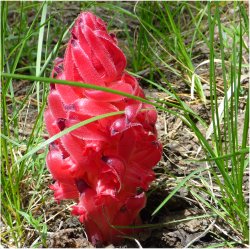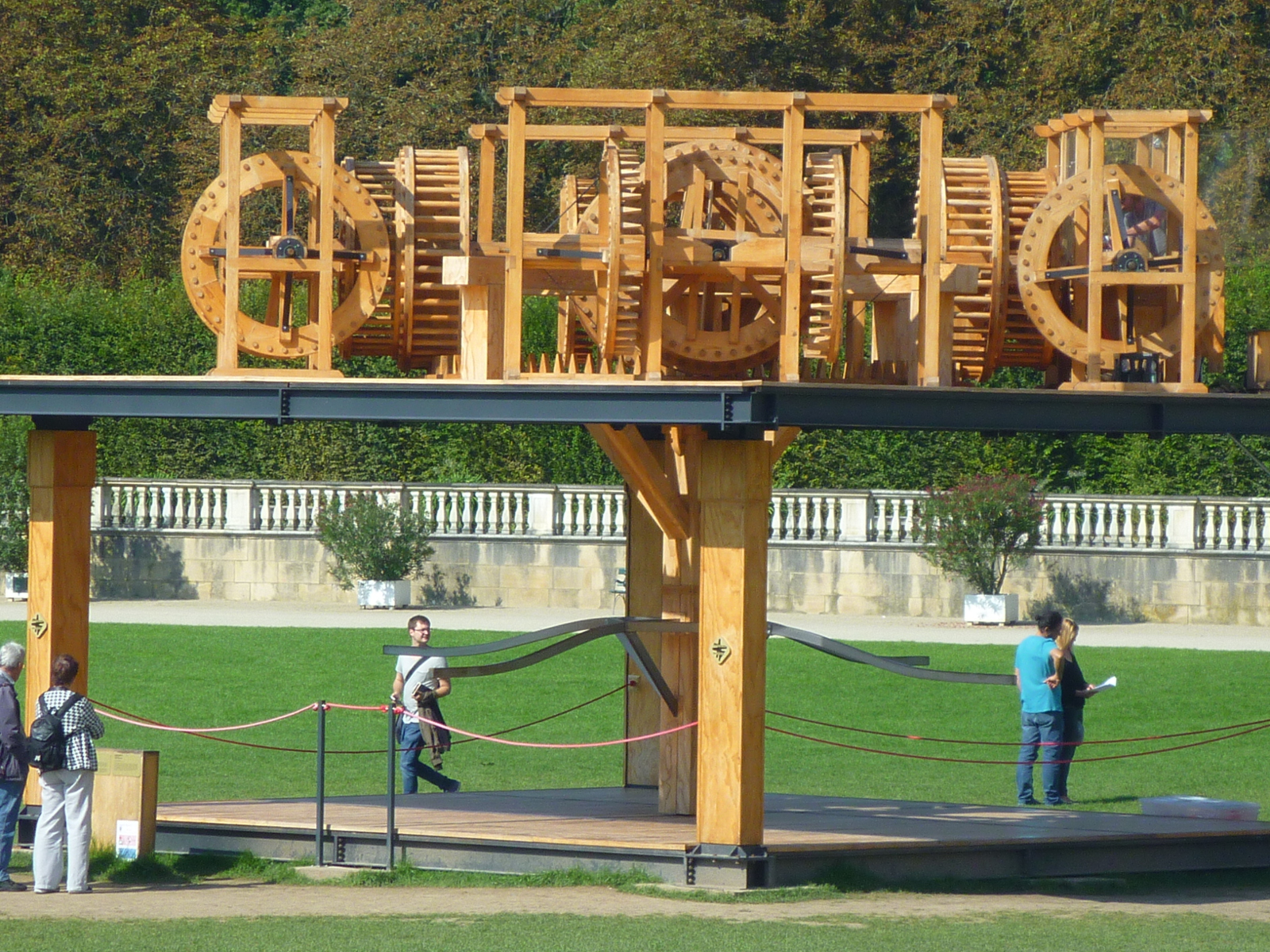“Die Blutmühle”
| Tweet |
The documenta placque at the mill further explains: “This mill is a full-scale replica of an early Spanish-colonial silver mill in Bolivia. Unlike other mills in Mexico and Peru, this Bolivian mill was located at such a high elevation that it had to rely on power generated by indigenous slaves from the Andes. Wealth was not only extracted from the earth but also from the bodies of indigenous peoples. Minted on the back of the coins, in place of the usual head of state, is the feathered horn of the Bolivian god of mines: El Tío. Contemporary Bolivian miners, whose average life-span is forty years, provide food and other offerings to El Tío even today, whose spirit in turn protects them. The coins are pocket monuments.”
The dark and disturbing story behind the mill (excluding the uplifting miner's spirit) stands in striking contrast to the delightful surroundings including the bright yellow Orangery and the pleasurefully designed Karlsaue park.
 |

